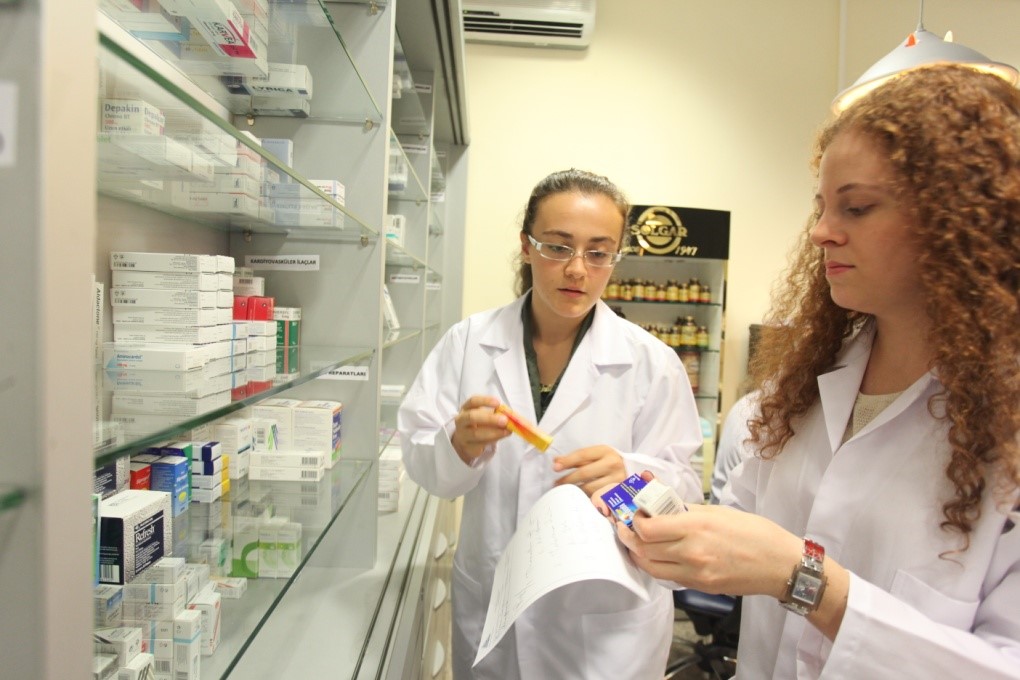
What is Physical Therapy?
The American Physical Therapy Association defines physical therapy as "... a health occupation whose main function is the promotion of optimal human health and function through the application of scientific concepts to avoid, determine, assess, correct, or relieve intense or extended movement dysfunction".
Physical Therapy is an occupation whose main purpose is the restoration, upkeep, and promo of ideal health, function, and quality of life for people of any ages. The science of physical treatment involves the application of therapeutic methods, methods, and interventions that help rehabilitate an individual to their optimum physical potential. The art of physical therapy is assisting individuals help themselves.
In laws and regulations specifying practice, physical treatment is frequently defined as the care and services supplied by a physiotherapist or a physiotherapist assistant under the instructions and supervision of a physical therapist, and consist of:
Easing disability and functional constraint by developing, implementing, and modifying healing interventions;
Avoiding injury, impairment, practical restriction and impairment; and Engaging in assessment, education, and research study.
More information about the occupation of physical treatment may be obtained by checking out the American Physical Therapy Association's website at www.apta.org
Who are Physiotherapist Assistants?
Physiotherapist Assistants, or PTA's, are experienced health care companies who work with and under the direction and guidance of a physical therapist to provide physical treatment services. In order for a private to practice as a PTA, they must finish from a certified PTA program and successfully pass a licensing/certification test.
PTA's play an essential role in supplying physical treatment services for people with numerous impairments. When a patient looks for or is referred for physical therapy services, the physical therapist carries out an initial evaluation and details a plan of care. The PTA can then perform all or part of the treatment plan as instructed by the physiotherapist.
The American Physical Therapy Association recognizes the PTA as the only person who assists the physiotherapist in the shipment of selected physical treatment interventions.
What does a Physical Therapist Assistant do?
The physical therapist assistant (PTA) carries out physical therapy interventions and associated tasks under the direction and guidance of a physical therapist. Such tasks may include training clients in therapeutic workout and activities of everyday living, using physical representatives such as cold, heat, electricity, or water for discomfort relief and healing, instructing individuals in the use of assistive gadgets for walking, taking part in injury care, promoting wellness and injury avoidance, providing client and family education, training clients in wheelchair activities, helping the physical therapist in carrying out patient evaluations and complicated interventions, and a lot more.
The PTA also keeps an eye on the patient's action to treatment, performs numerous tests and steps, documents appropriate aspects of client care, and maintains continuous communication with the supervising physical therapist, along with other health care specialists.
What is the difference between a PT and a PTA?
The physiotherapist (PT) and the physical therapist assistant (PTA) vary in educational preparation and levels of duties as it relates to the arrangement of physical therapy services.
Today, the frustrating majority of PT schools inform physical therapists at the Doctorate level, although lots of practicing therapists were educated when programs needed only Click for source a Master's or Bachelor's degree. The PTA is informed at the Associate's degree level, which usually corresponds to 2 years of college.
The PTA has a working knowledge of the theory behind treatment interventions, understands pathological conditions being treated, and comprehends how to apply methods and techniques utilized to treat those conditions.
The PT has substantial education in evaluative skills, research study, and administration, as well as innovative coursework in human anatomy, neuroanatomy, orthopedics, pathology, and therapeutic strategies. Both the PT and the PTA must finish from accredited programs and pass a licensing evaluation in order to practice in their respective functions.
Consumers/patients may seek the services of the physiotherapist directly, or, the client may be described a physical therapist by a doctor. The PT carries out the initial assessment and assessment of the client. The evaluation will lead to a physical therapy medical diagnosis, and as appropriate, the PT will establish objectives or results to be accomplished by a physical treatment strategy of care and treatment plan.
The PTA can not carry out the initial evaluation or evaluation; nevertheless, the PTA might assist the PT in gathering data. Following the assessment of the patient, the PTA may carry out selected interventions and information collection as directed by the supervising PT. The PTA should constantly work under the direction and guidance of a physical therapist. The collective relationship in between the PT/PTA is highly reliable and valued, and the team significantly adds to the success of the general rehab process.